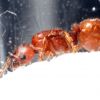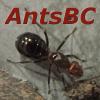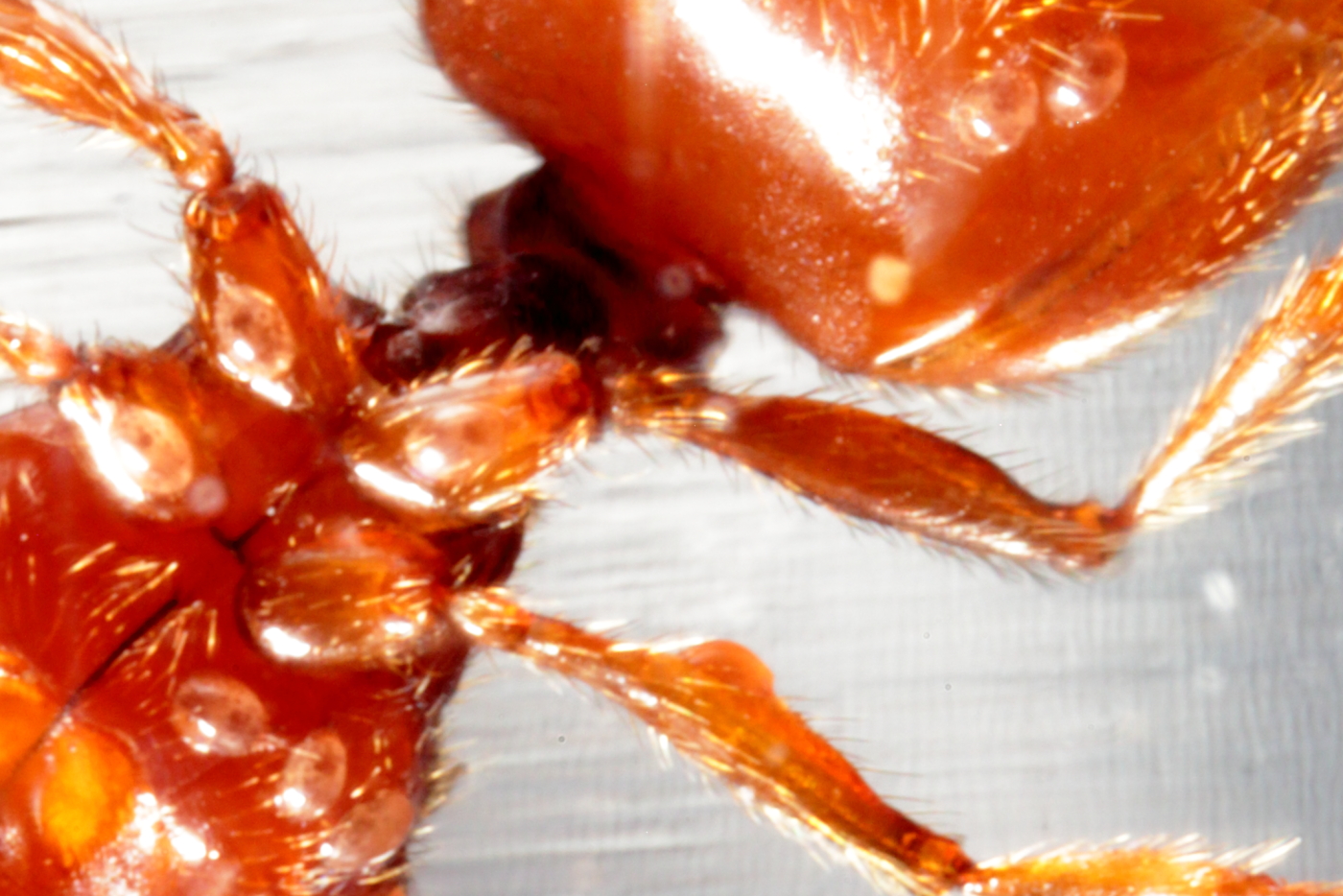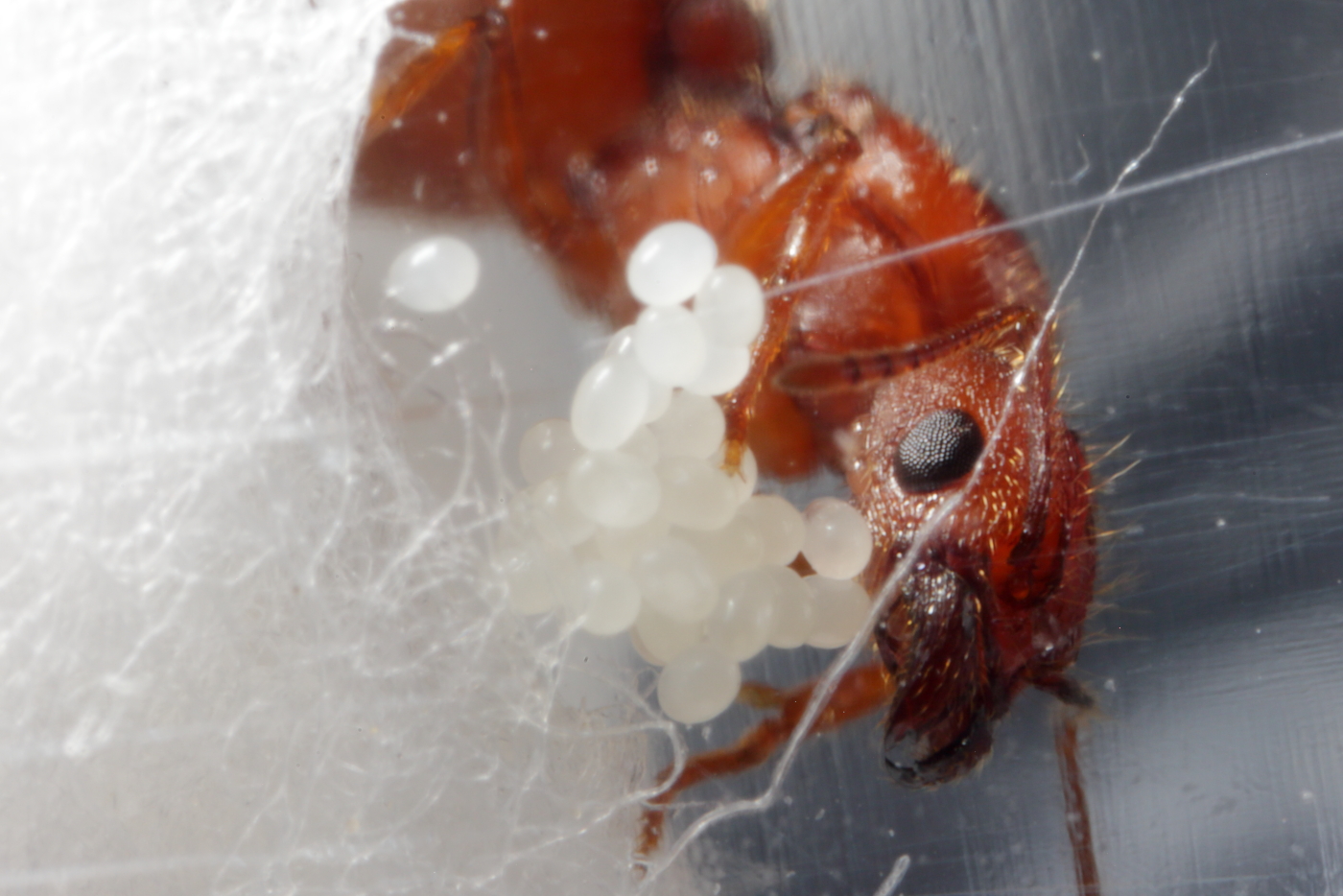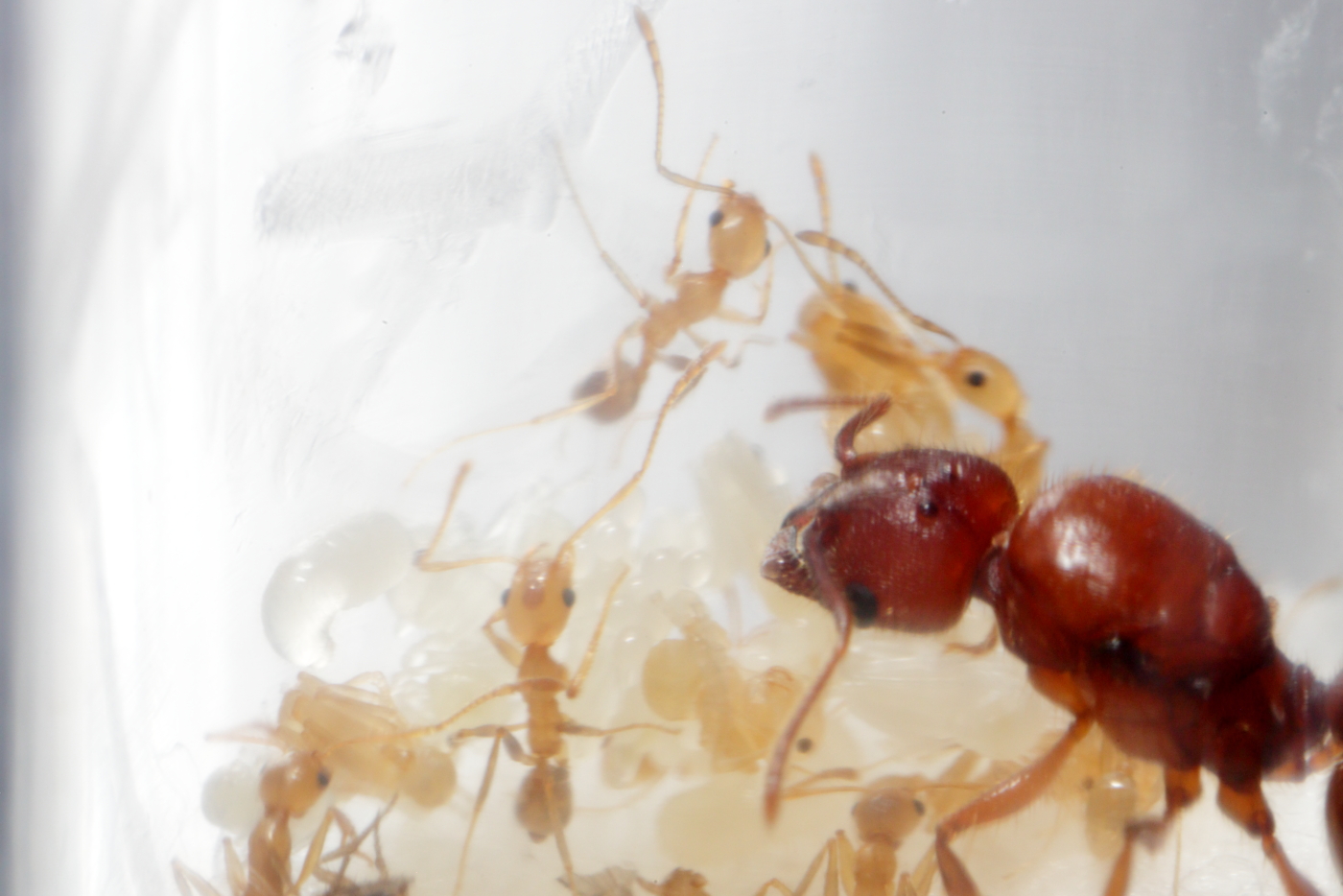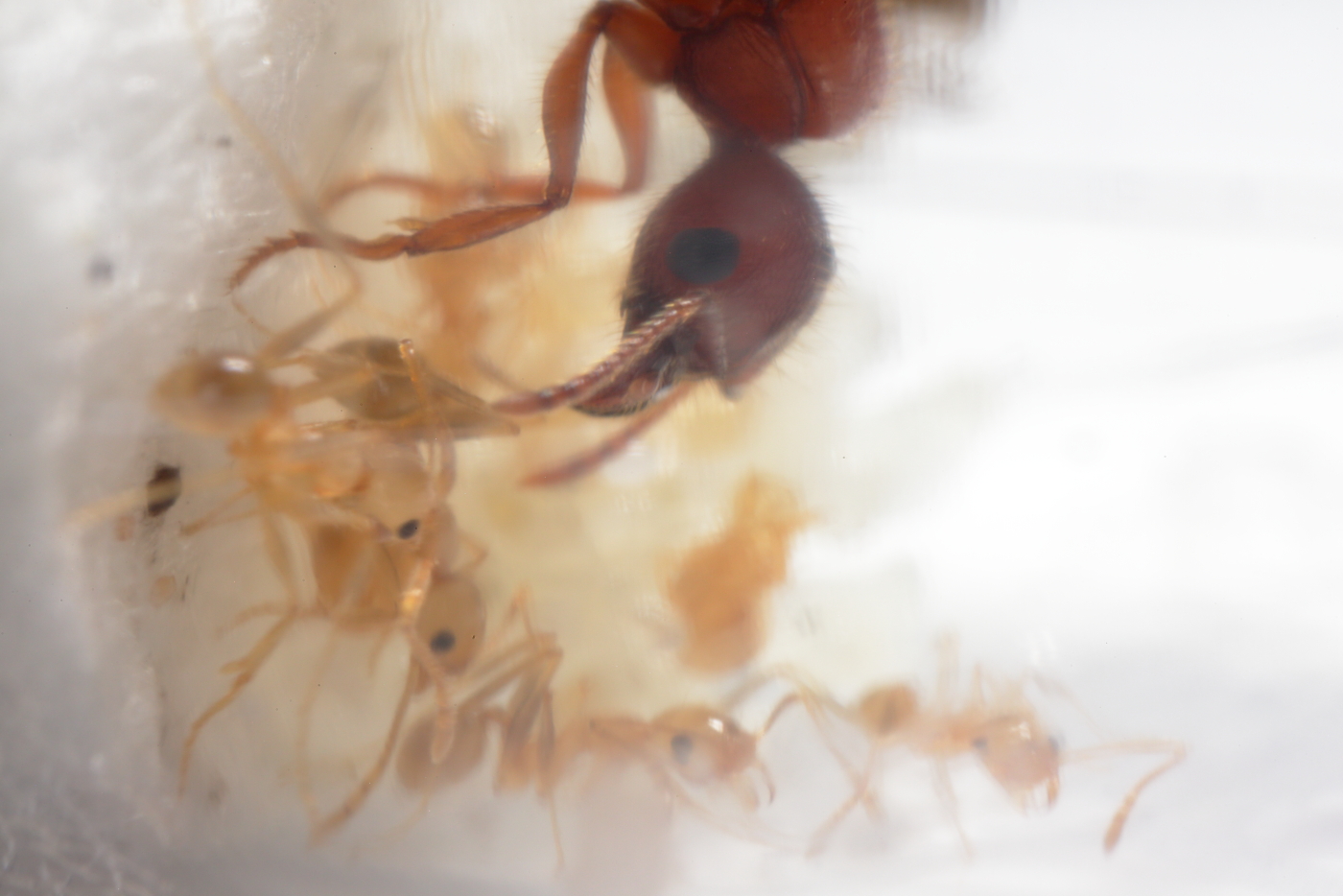Unknown #3 - Pheidole sp. perhaps fallax group
1. Location (on a map) of collection: Tucson, AZ, southern foothills of Santa Catalina Mountains
2. Date of collection: Aug 11, 2019, Day aftervery heavy rain
3. Habitat of collection: Sonoran Desert, 2400ft, foothills of Santa Catalina Mountains, mesquite trees and cactus
4. Length (from head to gaster): Queen 8 mm
5. Color, hue, pattern and texture: See pictures
6. Distinguishing characteristics: With many mites
7. Distinguishing behavior: Very calm
8. Nest description:
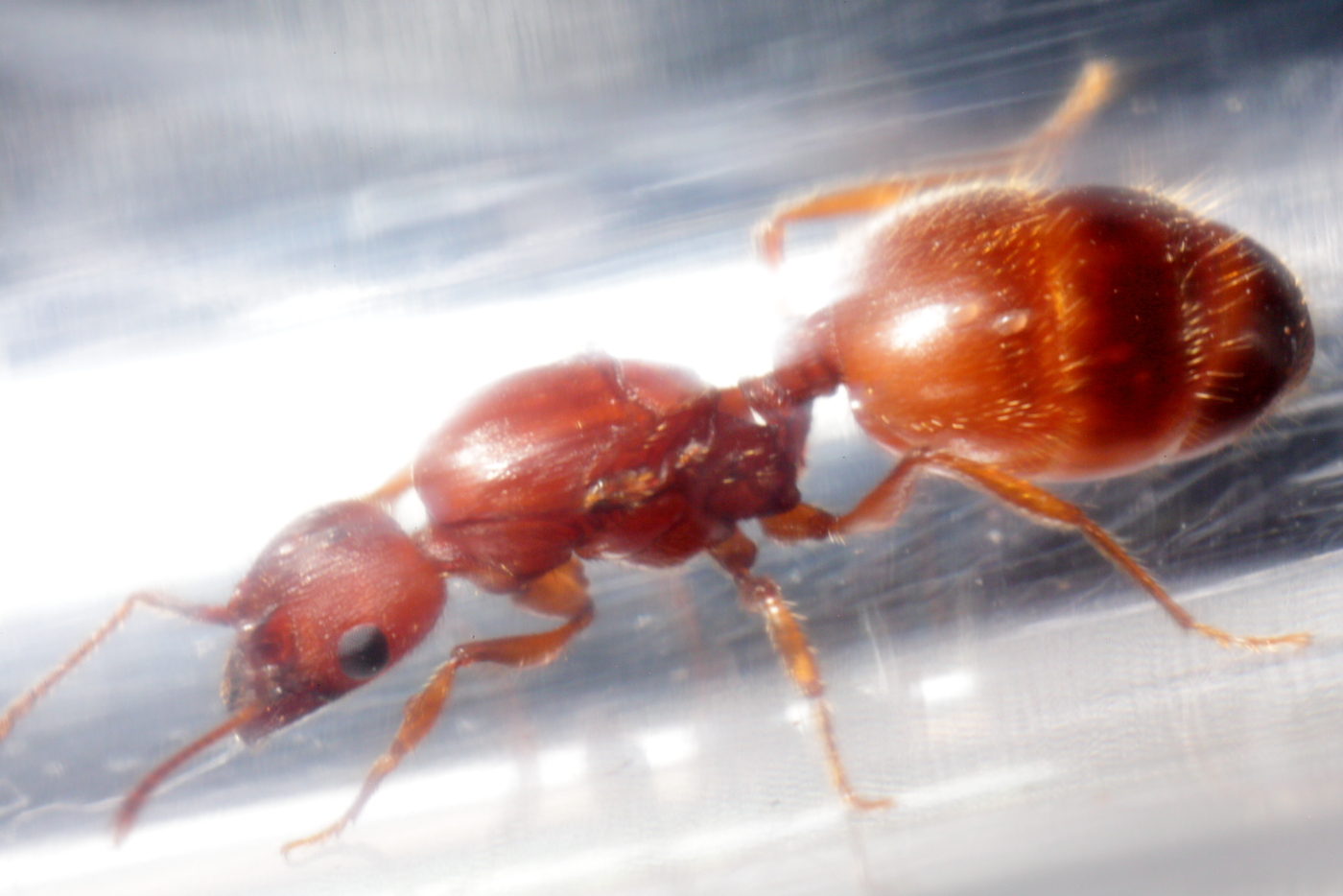
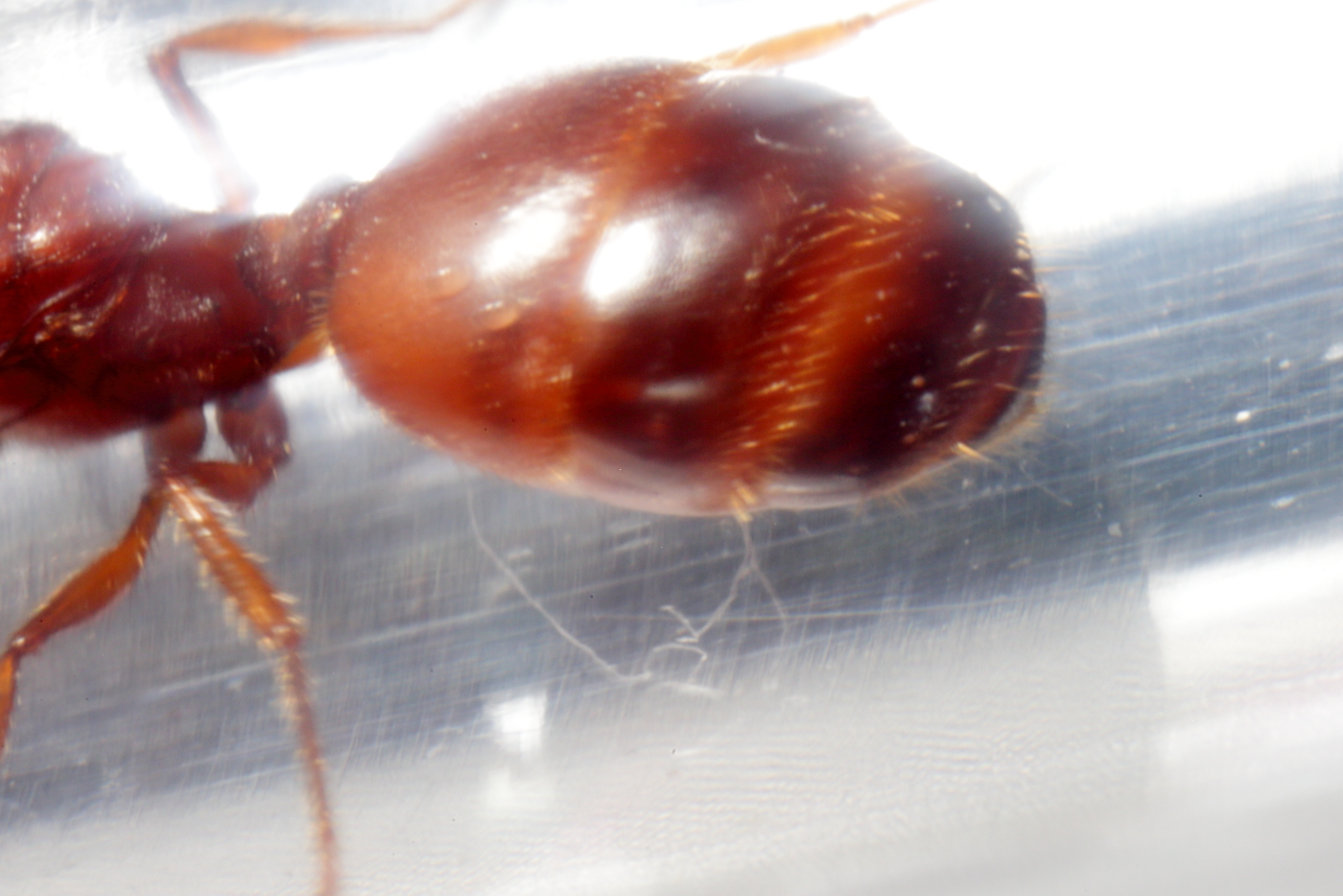
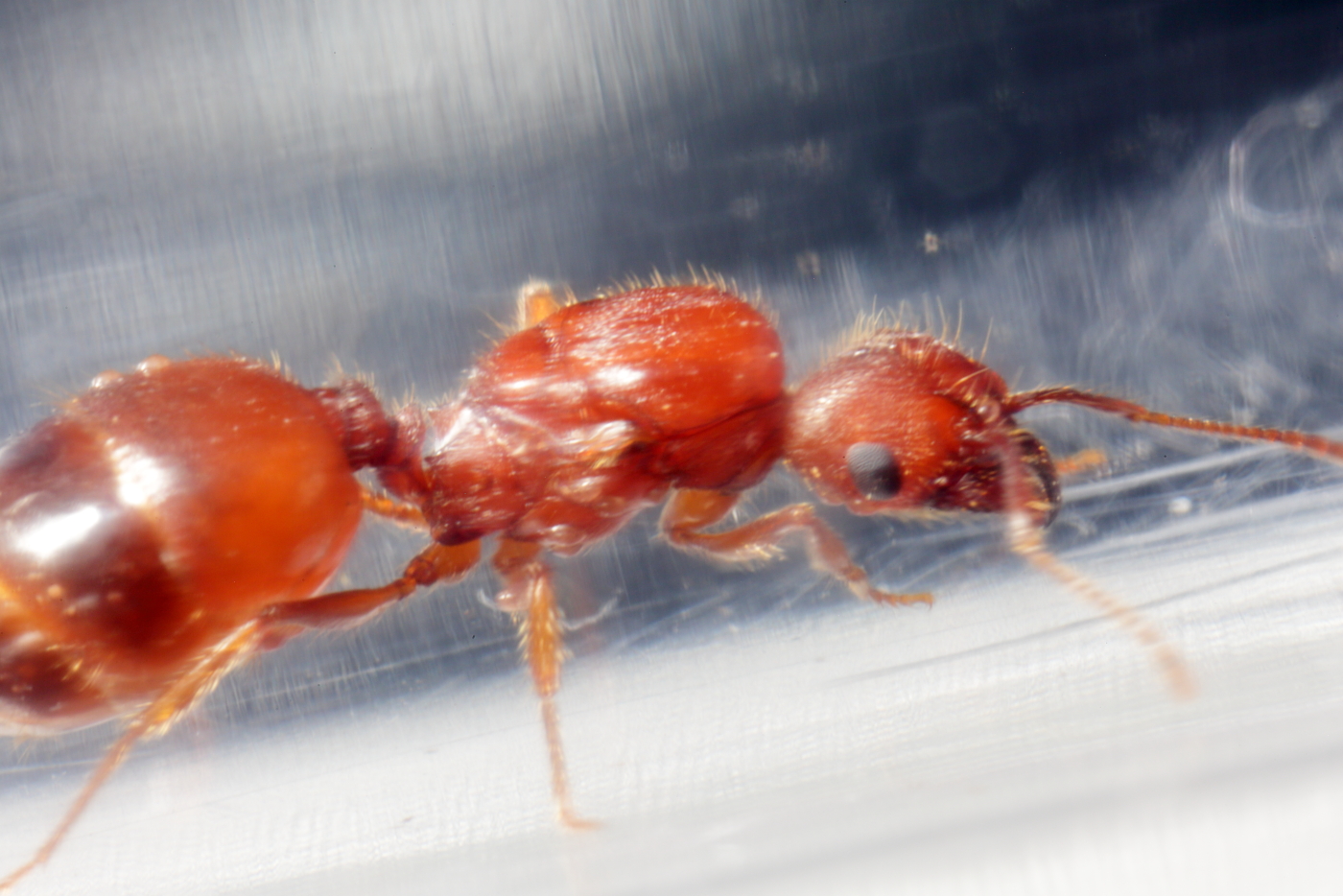
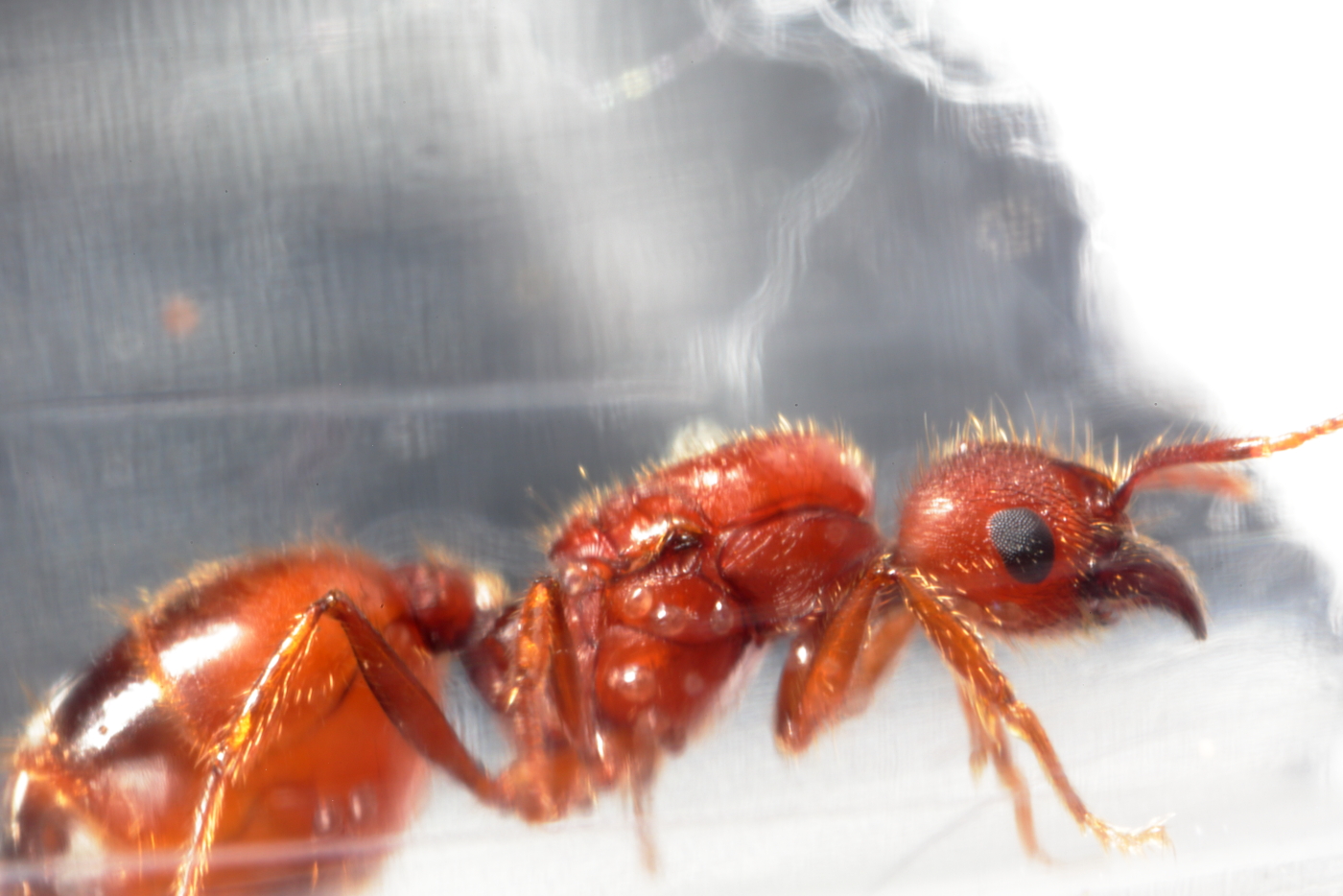
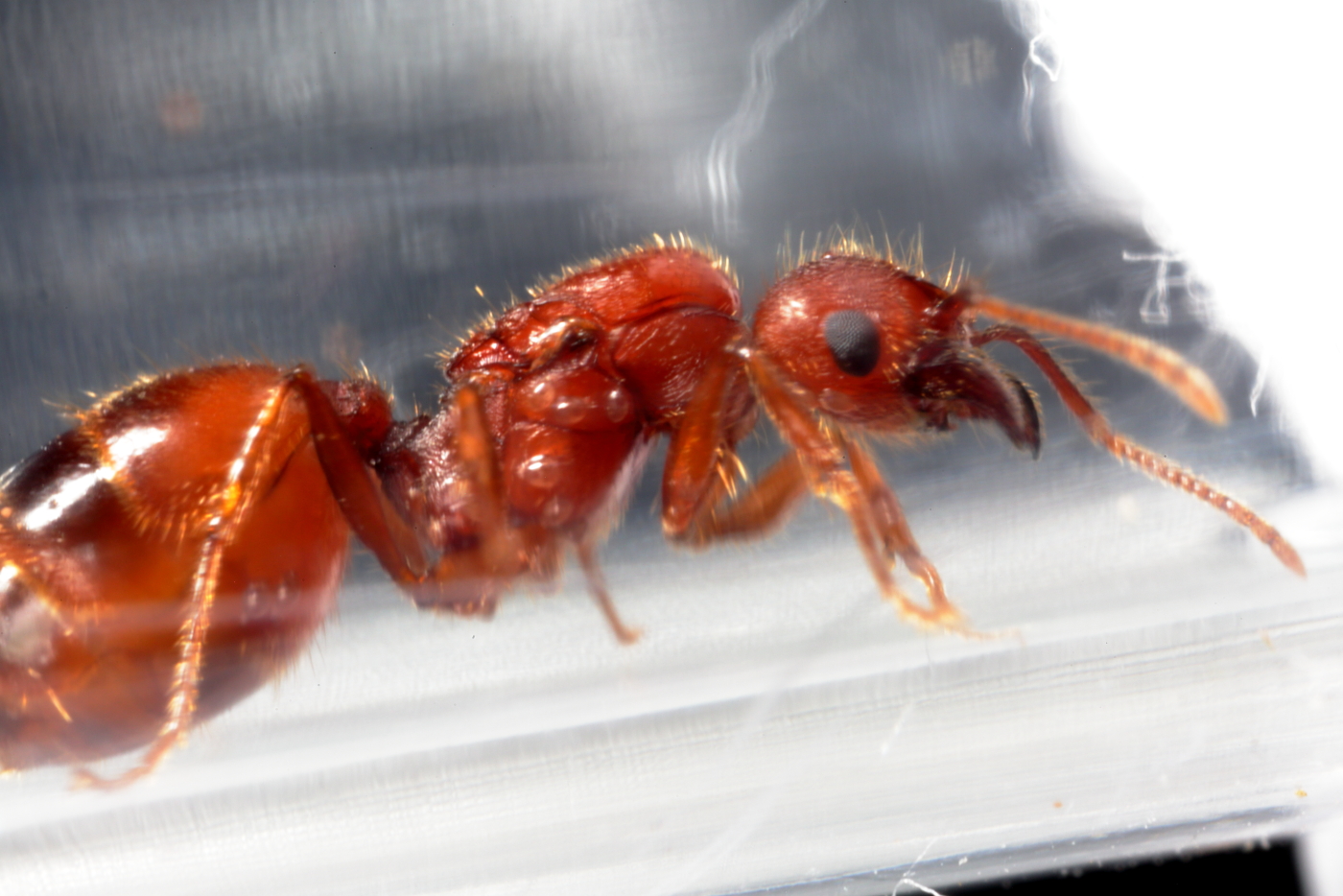
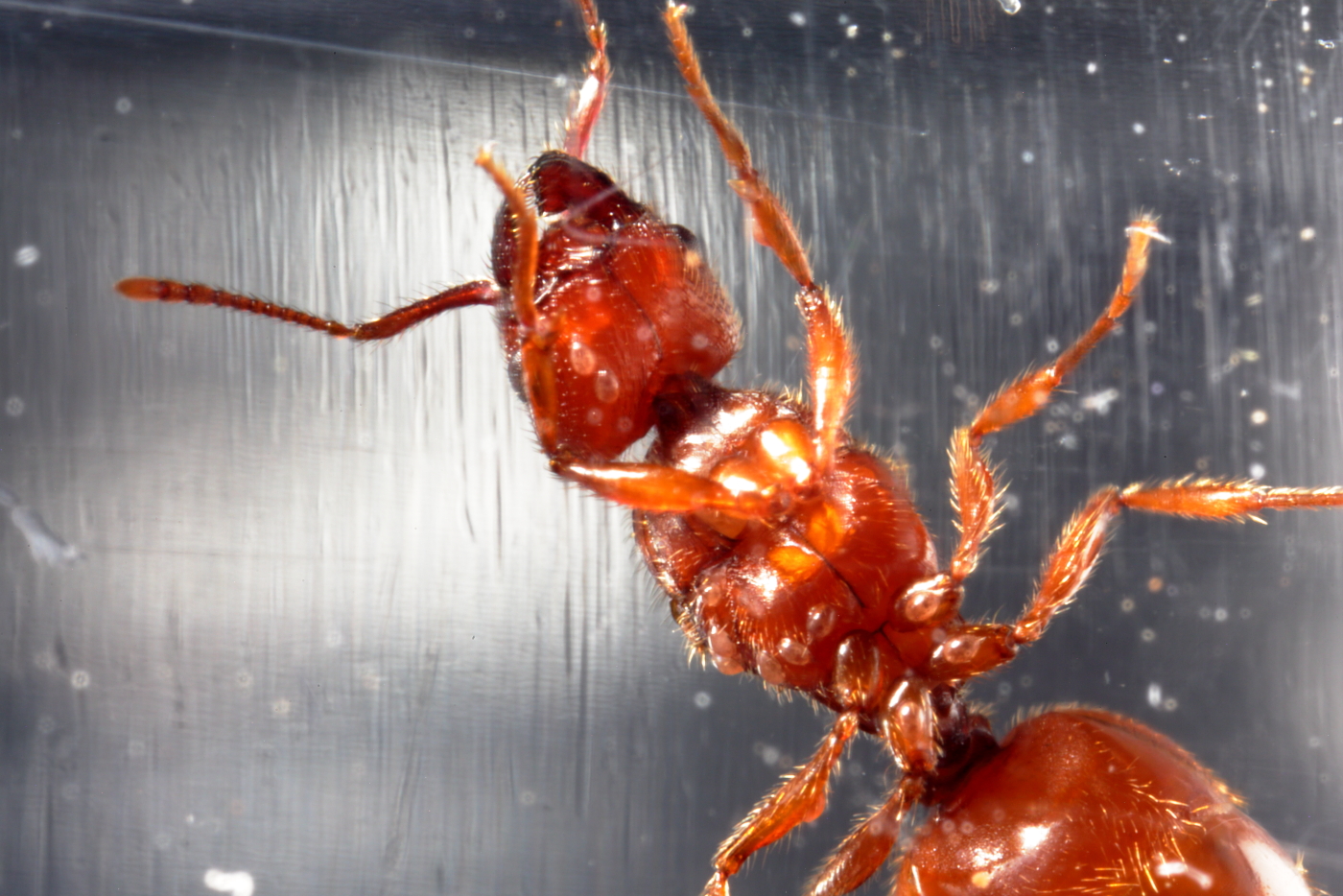
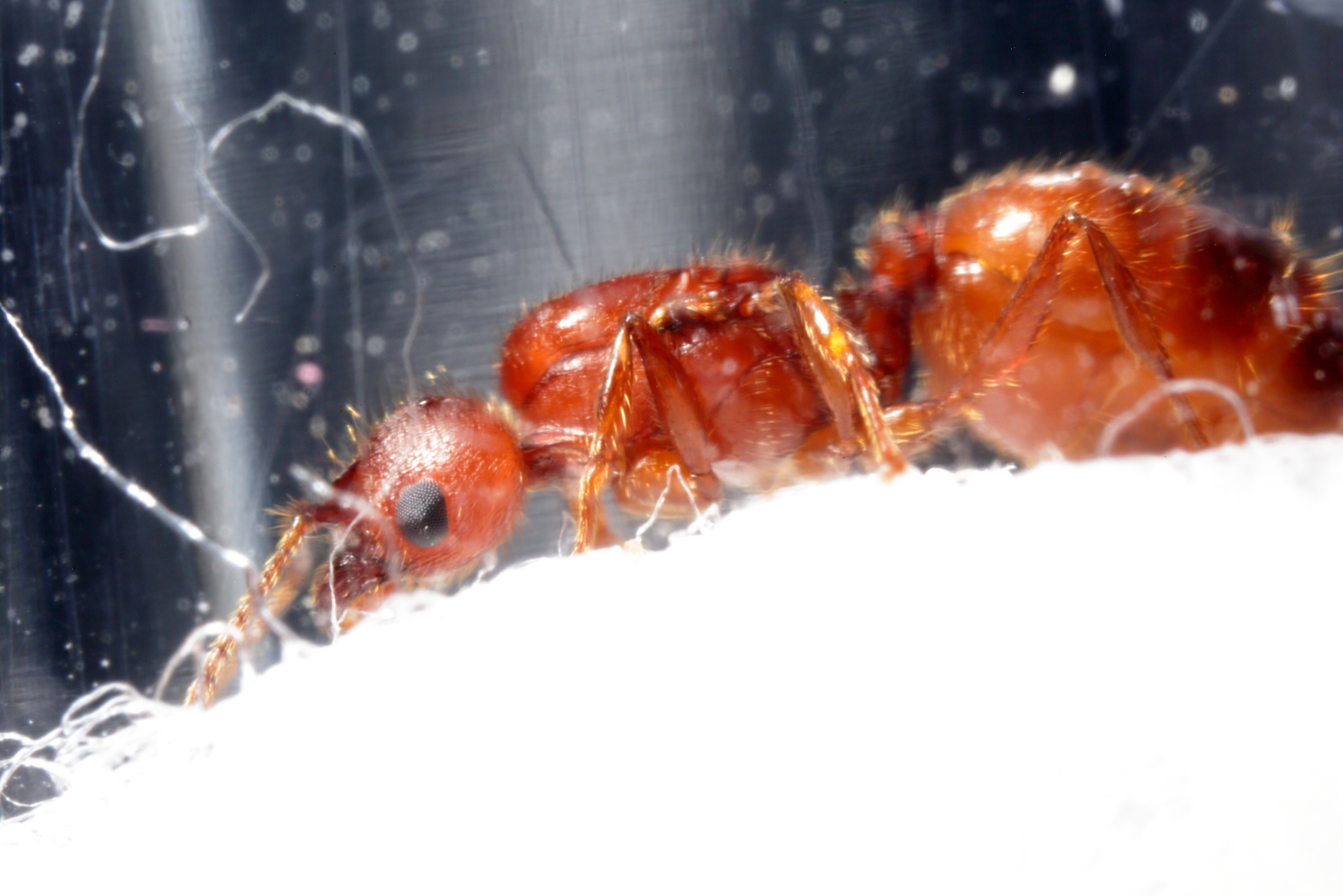
Edited by Maculata, September 1 2019 - 10:59 PM.




